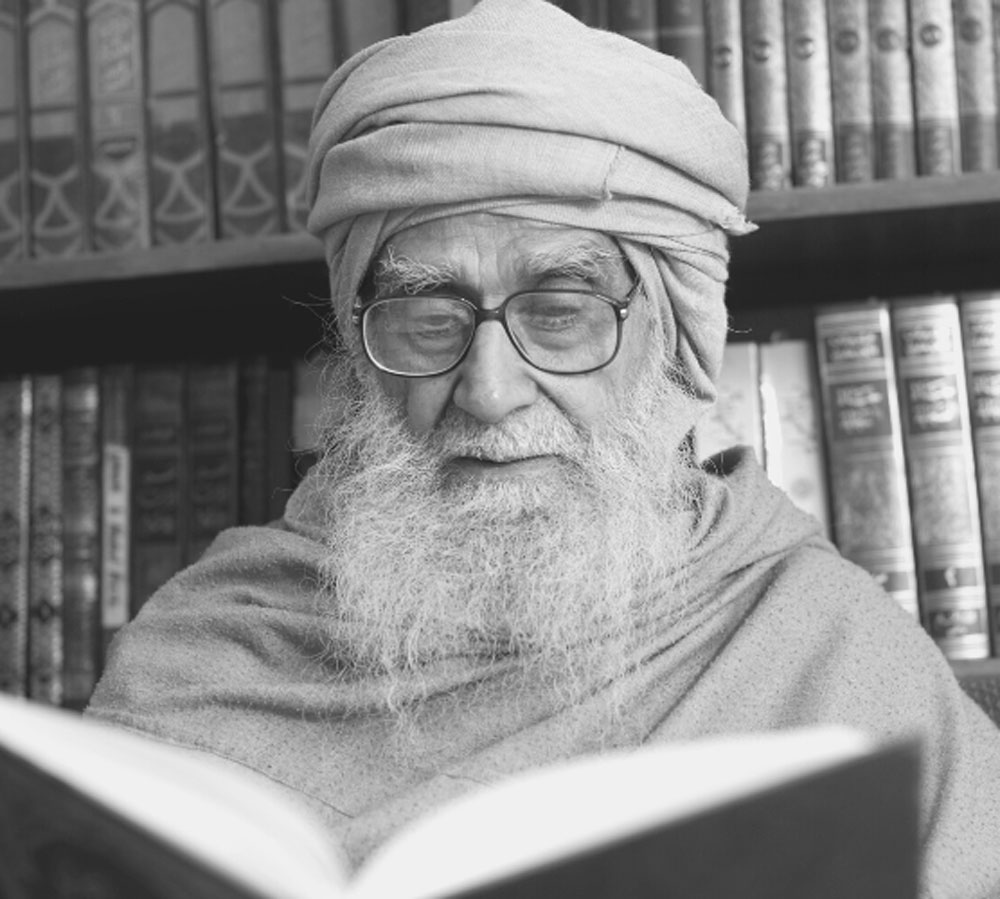A POSITIVE RESPONSE TO THE CHALLENGE
Over the past 150 years in the Indian subcontinent, several movements have emerged concerning Islam and the Muslim community. Among them, the most far-reaching and impactful was likely the Madrasa Movement, also referred to as the Religious Madrasas Movement.
If one were to identify the intellectual beginning of the Madrasa Movement, it would probably be in 1834. During that year, the renowned British statesman, Lord Macaulay (Thomas Babington Macaulay), arrived in India from London. At the time, British rule had been firmly established in the region. After assessing the situation, Lord Macaulay devised an educational scheme. Based on this scheme, the educational system known as the English Education System was introduced in India.
The purpose of this system, as stated by Macaulay himself, was:
“So that a generation may arise, which is Indian in birth and English in thought”.
This was undoubtedly a significant challenge. The Madrasa Movement arose primarily as a response to this challenge.
If we were to describe the goal of the scholars’ educational scheme in light of Macaulay’s statement, it would likely be:
“So that a generation may arise, which is Indian in birth and, in thought and ideology, deeply Muslim.”
History tells us that Lord Macaulay’s plan did not succeed, while the plan of the Indian scholars (ulama), by the grace of Allah, was successful. As a result, today, Muslims in the Indian subcontinent exist with their full religious identity intact. The storm of Western civilization failed to erase the Muslim identity, and this success is largely due to the efforts of those madrasas established through the sacrifices of the scholars.





